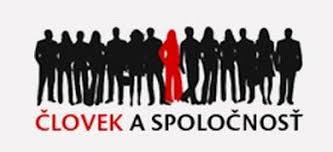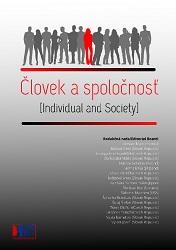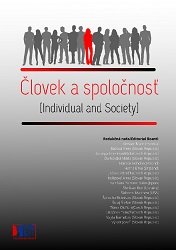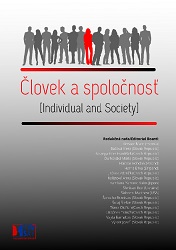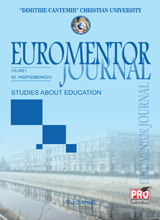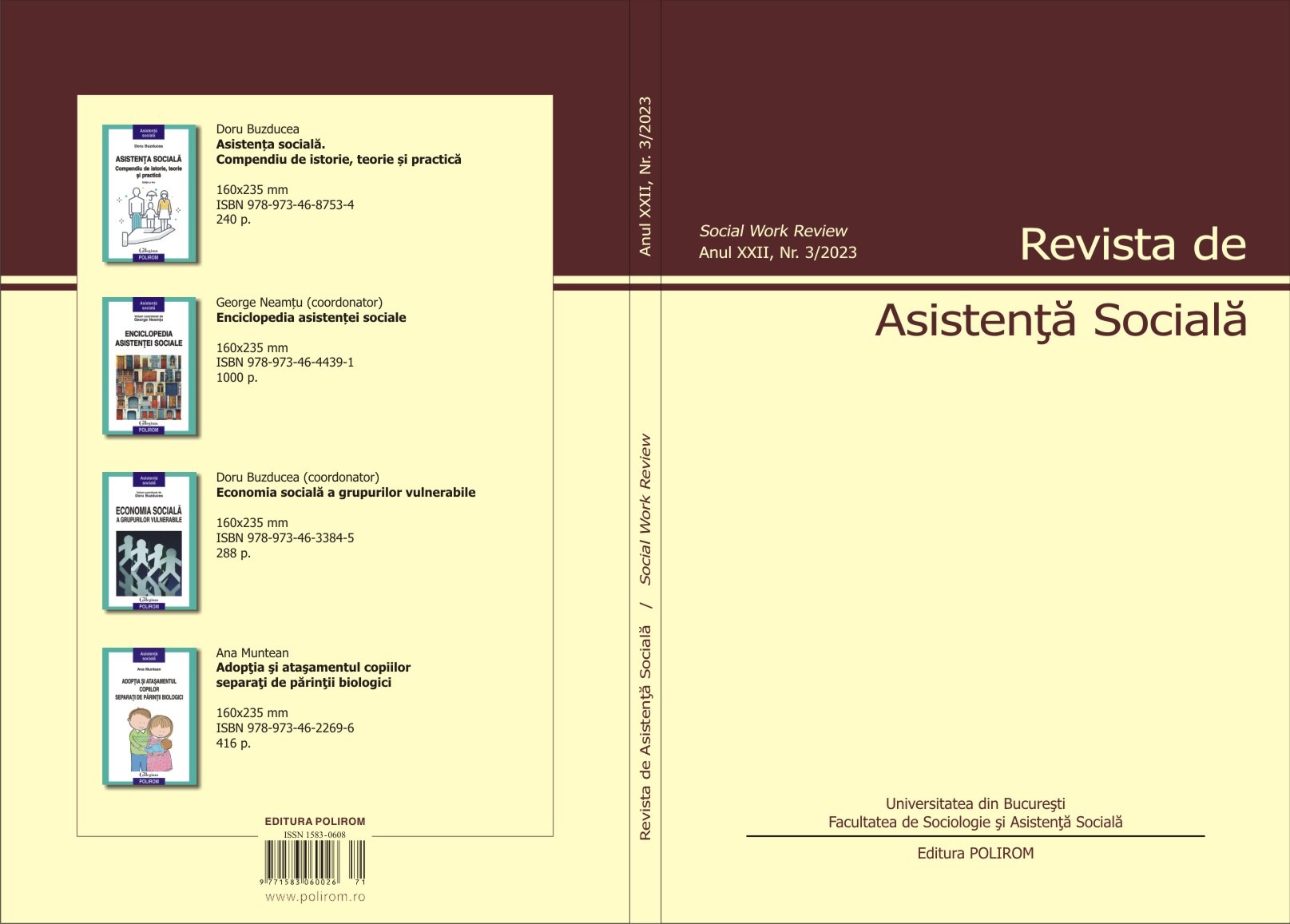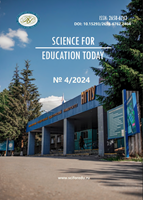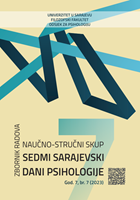Author(s): Bibiána Kováčová Holevová / Language(s): English
Issue: 1/2021
The COVID-19 pandemic is often associated with the phrase coronavirus crisis. A crisis can be defined by three characteristics: a specific, unexpected event that creates a high level of uncertainty, and involves a (perceived) threat to important goals (Seeger et al., 1998). A crisis experienced at the individual level may be linked with the concept of stress (Doka, 2013; Eastham et al., 1970; Elmer et al., 2020; Hickman & Knouse, 2020). The transactional theory of stress and coping defines the experience of stress based on the interaction between a person and the environment. The impact of a particular stressor depends on, firstly, the extent to which the individual evaluates it as stressful and, secondly, the extent to which the individual copes with it or the extent to which he or she will be able to involve resources to combat stress (Lazarus & Folkman, 1984). The aim of this research is to examine more deeply how the "coronavirus crisis" manifested itself at an individual level in the most vulnerable groups of the population, the elderly (Centers for Disease Control and Prevention, 2020; Public Health Authority of the Slovak Republic, 2020), during the first wave of the disease in Slovakia. In particular, the aim is to examine which specific stressors are perceived as stressful (which are sources of stress) and which coping strategies are preferred by the elderly, as well as how these sources of stress and coping strategies relate to the demographic characteristics of the elderly (both in gender and age). Using the snowball method, 607 people over the age of 62 from all over Slovakia participated in the online research. They answered open-ended questions about perceived stressors and coping strategies and also completed the Perceived Stress Scale (Cohen et al., 1983) and the Anxiety Measurement Questionnaire (Spielberger et al., 1983). Subsequently, a combination of qualitative and quantitative approaches was used. Through the content analysis of the answers to the open-ended questions, 11 categories of stress sources and 22 categories of coping strategies, with different levels of prevalence, were identified. The most common sources of stress (with a prevalence of about 25% to 10%) for the elderly were social isolation, various measures and restrictions, uncertainty, fear for loved ones, but also the "other" stressors, which were only minimally or indirectly related to the current pandemic situation (e. g. domestic stress). To a lesser extent (with a prevalence below 10%), the elderly perceived as stressful various media information (information about infection numbers and the COVID 19 disease, ambiguity, or confusion over this information, and the behavior of politicians), concern for themselves, the irresponsible behavior of others, and going shopping. For almost 10% of the elderly, nothing was stressful. The most common coping strategies (with a prevalence of approximately 50% to 15%) were various forms of work (most often in the garden and/or in household), hobbies, social contact, and distracting activities (most often, watching television, less often, listening to music or playing various games) or physical exercise (most often, walking outside, less often, doing exercises). To a lesser extent reported (with a prevalence below 15%) were compliance with the measures, focusing on (caring for) others (either as direct care for loved ones or pets, and/or sewing face masks for others), focusing on themselves (either as learning something new and/or taking care of physical health or relaxing), then also searching for information (to a lesser extent, avoiding it), their faith, and, to a minimum extent, the regime of the day, optimism or "other" strategies were presented. Only less than 2% of elderly did not state any strategy. Women more often reported social isolation as stressful, men reported a lack of clarity and confusion in media information about the disease, and the behavior of politicians. Women reported quantitatively more coping strategies that helped them cope with the current coronavirus situation, and more often reported 9 strategies compared to men (hobbies; housework; social contact; distraction by watching TV or/and listening to music or playing games; exercise; learning something new, sewing face masks for others and their faith). Men reported more often only compliance with the measures. Age was less relevant to potential differences. For the older elderly, only the behavior of politicians as a source of stress, watching TV, and searching for information about the disease were more often reported as coping strategies when compared to the younger elderly. Although the overall levels of perceived stress and anxiety were rather low in the elderly, by comparing the relevance of the different categories of stressors and coping strategies to them, it was found that 2 stressors (uncertainty and self-esteem) were related to higher perceived stress and anxiety. A further 3 coping strategies (care for physical health and relaxing, care for pets and sewing face masks for others) were related to less perceived stress and 5 coping strategies (the same as in the previous case together with hobbies and walks) were related to less anxiety. One’s faith as a coping strategy related to higher anxiety. The findings point to the need to perceive the stress experience of each elderly person as unique. Research findings can be useful for the elderly themselves, but also for those who work with elderly and/or implement interventions.
More...



